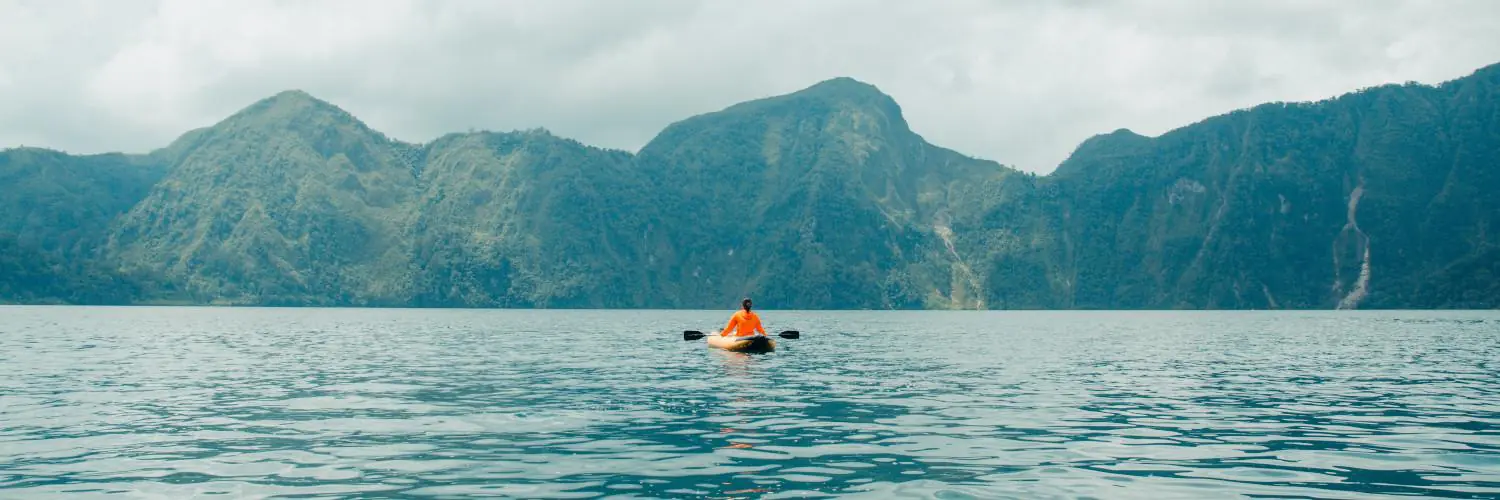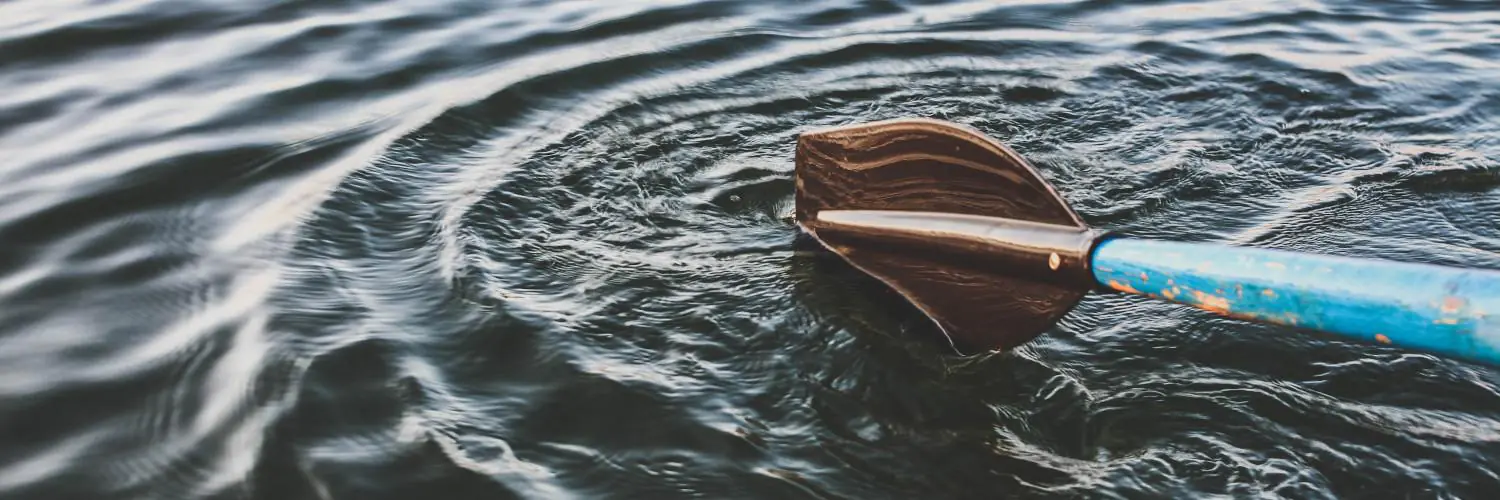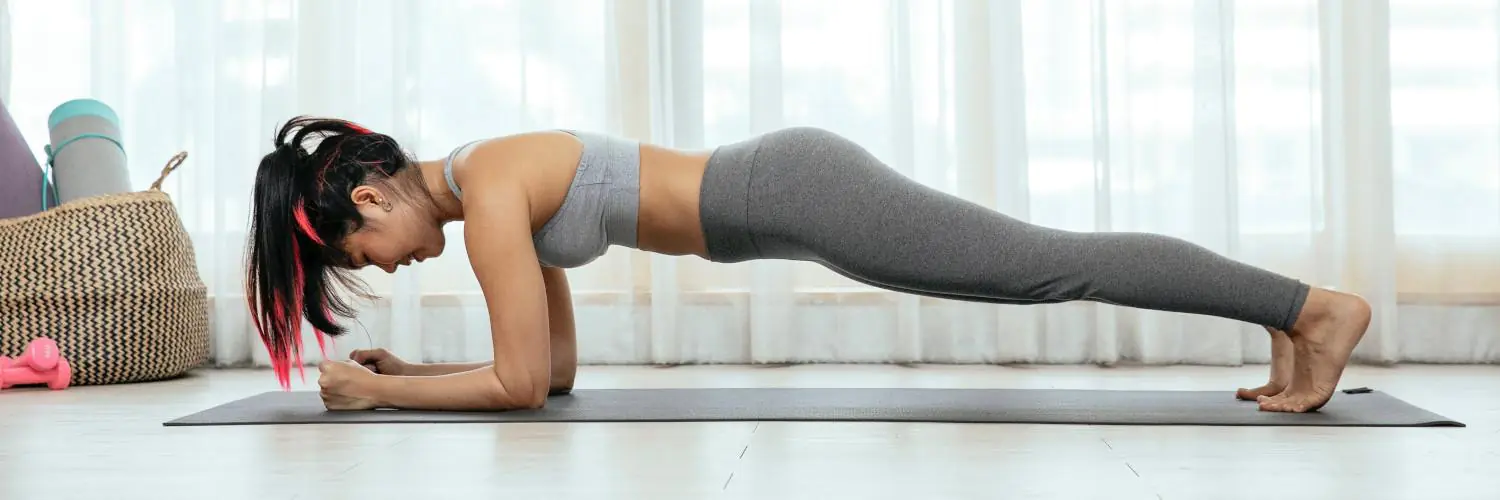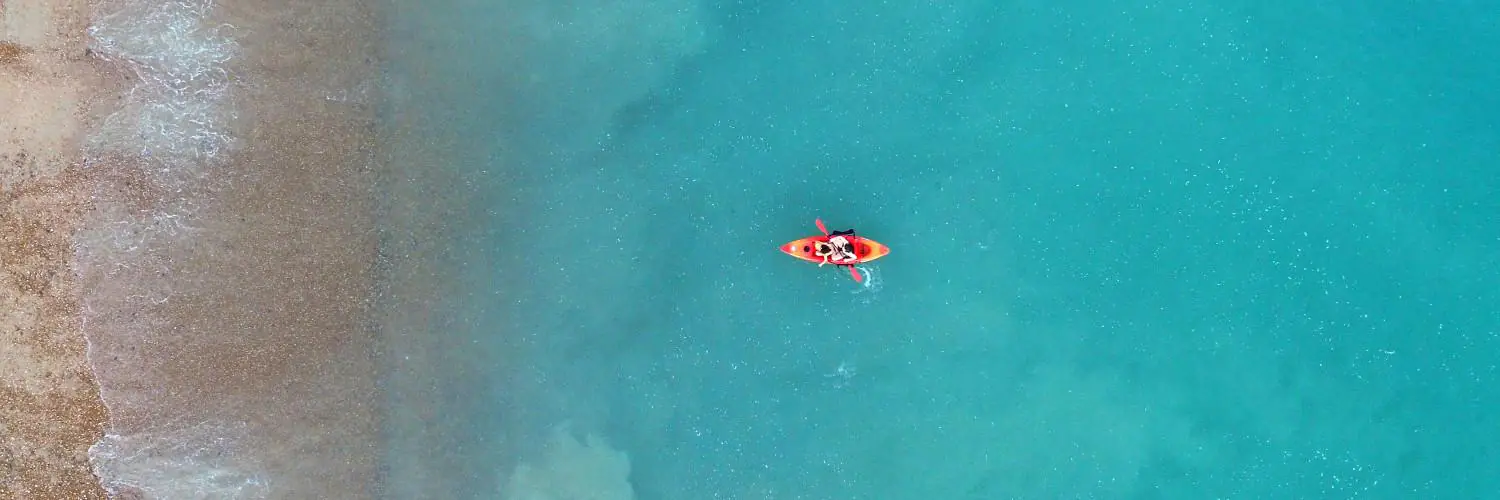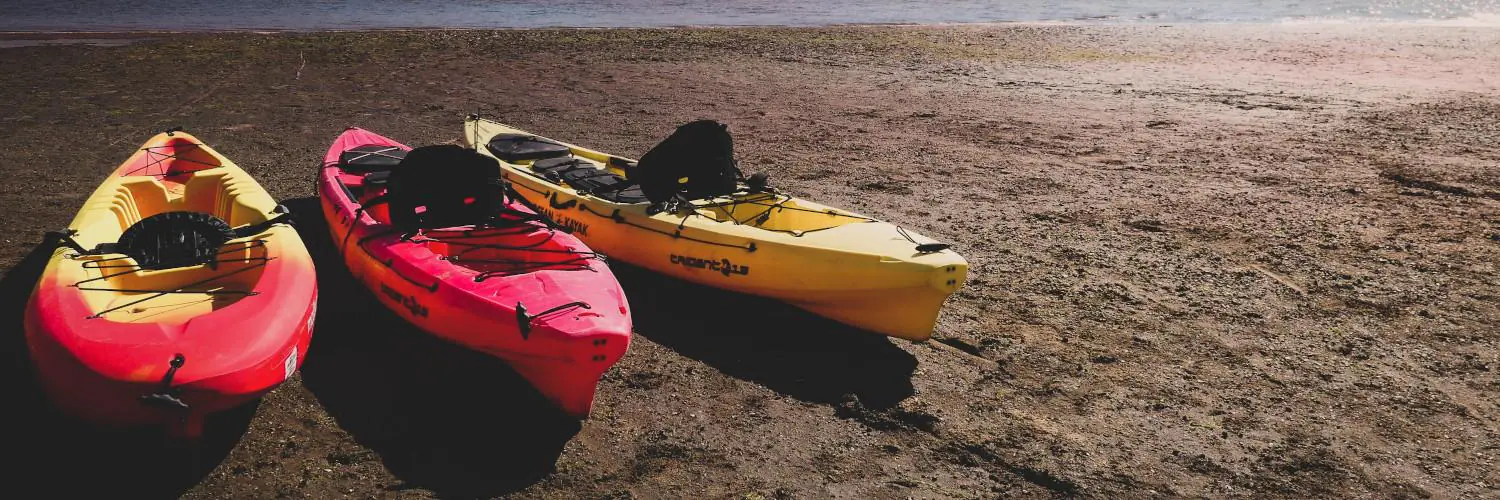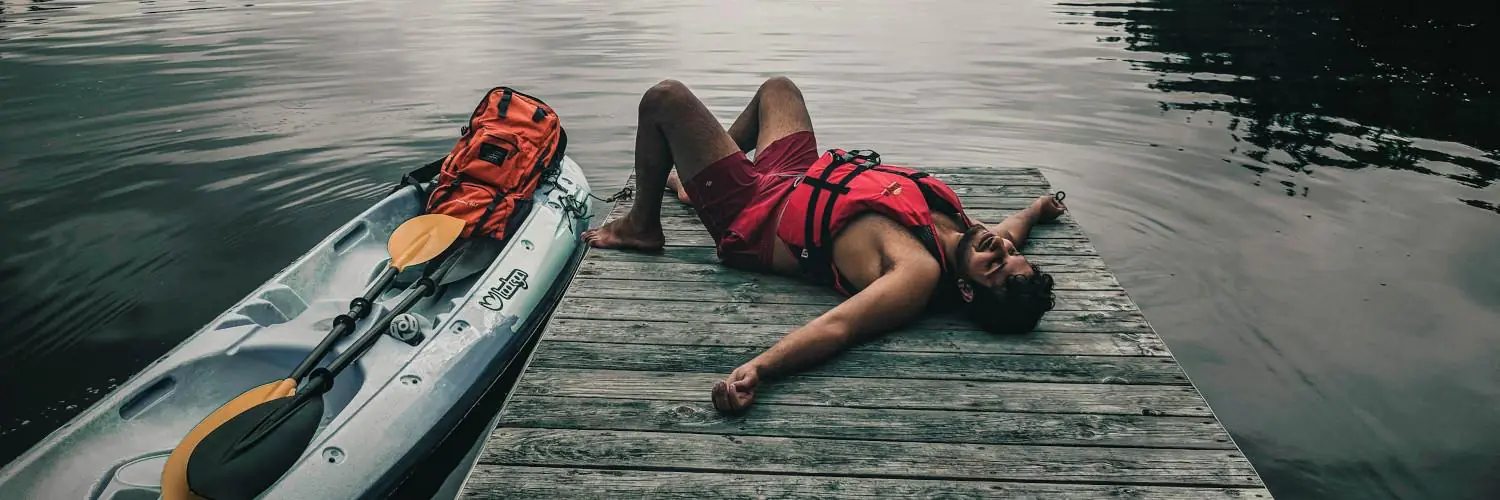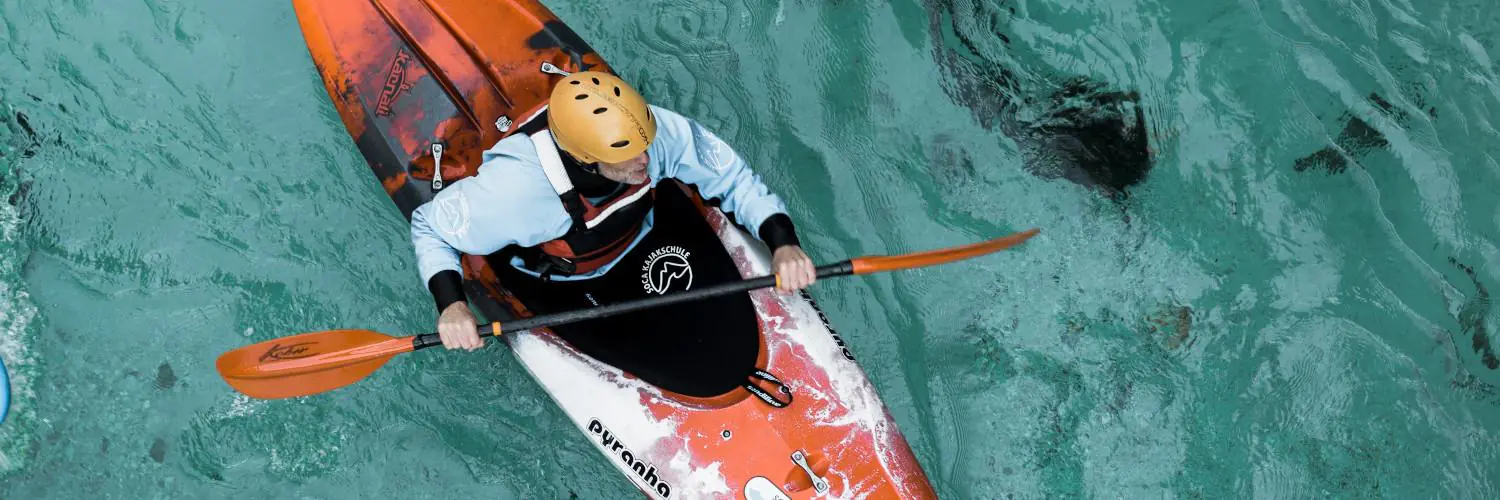Kayaks often have holes in the bottom, which may seem strange at first. These openings serve an important purpose for certain types of kayaks.
Sit-on-top kayaks have holes called scupper holes that allow water to drain out, keeping the kayak from filling up and sinking.
The holes are mainly found in sit-on-top kayaks, not sit-inside models.
When paddling, water can splash onto the deck of a sit-on-top kayak. Without a way to drain, this water would pool up and make the kayak unstable.
Scupper holes solve this problem by letting water flow back out.
Some kayakers choose to use scupper plugs to block these holes in certain situations.
Plugs can keep the seat area drier in calm water. But in rougher conditions, unplugged scupper holes help the kayak drain water quickly and stay afloat. Understanding when to use scupper plugs can make paddling more enjoyable.
Table of Contents
Understanding Kayak Holes
Kayak holes serve important functions for safety and performance. They come in different types depending on the kayak design.
Purpose of Scupper Holes
Scupper holes are small openings in the bottom of sit-on-top kayaks. They allow water to drain out that splashes onto the deck. This keeps the kayak from filling up with water.
Scupper holes are usually near the seat and foot areas. They go all the way through the kayak hull.
As water enters the kayak, it flows back out through these holes.
Some paddlers use scupper plugs to close the holes in calm conditions. This keeps the cockpit drier. The plugs can be removed to drain water in rougher seas.
Differences Between Sit-On-Top and Sit-Inside Kayak Drainage
Sit-on-top and sit-inside kayaks handle water drainage differently.
Sit-on-top kayaks use scupper holes to let water flow out. The open deck design allows easy water removal.
Sit-inside kayaks have an enclosed cockpit. They rely on other methods to remove water.
Many have small drain plugs at the rear. Paddlers must remove the plug to let water out when on land.
Some sit-inside kayaks have pumps to remove water while paddling. Others use sponges or bilge pumps. The enclosed design makes it harder to drain water compared to sit-on-tops.
Scupper Plugs and Drain Plugs
Scupper plugs and drain plugs play key roles in managing water flow in kayaks. They help control water entry and exit, affecting safety and performance.
Role of Scupper Plugs in Kayak Safety
Scupper plugs fit into the holes in sit-on-top kayaks. These holes allow water to drain out of the kayak. In calm waters, plugs can keep paddlers dry by blocking water from coming up through the holes.
In rough conditions, leaving scupper holes open lets water drain out quickly. This helps the kayak stay stable and afloat. Paddlers can choose to use plugs based on water conditions and personal preference.
Some kayakers use scupper plugs in cooler weather to stay dry. Others prefer open scupper holes for better stability. It’s smart to bring plugs along on trips to have options.
How Drain Plugs Help Manage Water Entry
Drain plugs are different from scupper plugs. They seal a small hole at the back of the kayak. This hole lets paddlers empty water from inside the kayak after use.
Drain plugs must be in place while paddling to keep water out. At the end of a trip, removing the plug allows stored water to flow out. This makes the kayak lighter and easier to transport.
Checking the drain plug before launching is a key safety step. A missing plug can let water enter quickly. Kayakers should always have a spare drain plug handy in case one is lost.
Water Conditions and Kayak Performance
Holes in kayaks play a key role in how they handle different water conditions. These holes affect stability, buoyancy, and how kayaks deal with water splashes.
Impact of Holes on Stability and Buoyancy
Holes in kayaks help with stability in rough waters. They let excess water drain out quickly. This keeps the kayak from getting too heavy or off-balance.
The holes also aid buoyancy. When waves crash over the kayak, water flows out through the holes. This stops the kayak from sinking or tipping over.
In calm waters, the holes still help. They keep the kayak light and easy to paddle. This improves speed and makes the kayak more fun to use.
The Effect of Water Splashes and Ventilation on Kayaking
Water splashes can slow down a kayak. But holes help solve this problem. They let water flow out fast, keeping the kayak’s speed up.
The holes also help with ventilation. They let air move in and out of the kayak. This makes the ride more comfortable, especially on hot days.
In heavy rain, the holes are very useful. They stop rain from pooling inside the kayak. This keeps the kayaker dry and the kayak light.
Holes can change how a kayak moves through water. They reduce drag by letting water flow out. This makes paddling easier and faster.
Kayak Fishing Considerations
Kayak fishing requires careful selection of your vessel and proper gear management. The right kayak and equipment setup can make a big difference in your fishing experience.
Choosing the Right Kayak for Fishing
Fishing kayaks come in various shapes and sizes. Look for a stable hull design with enough space for gear. Some kayaks have built-in rod holders and tackle storage areas.
Sit-on-top kayaks are popular for fishing. They have scupper holes in the bottom for draining water. These holes help keep the kayak from filling up if waves splash over the sides.
Consider the kayak’s weight capacity. Make sure it can hold you and all your fishing gear safely. A wider kayak is often more stable for casting and reeling in fish.
Securing Fishing Gear with Kayak Holes
Kayak holes can affect how you store your fishing gear. Use waterproof containers to keep tackle dry. Many anglers attach small boxes or crates to their kayaks for easy access to lures and tools.
Scupper plugs can be useful when fishing. They block the holes in the bottom of the kayak. This keeps water out of storage areas where you keep gear.
Tie down loose items so they don’t fall through the scupper holes. Bungee cords or kayak-specific attachment points work well for this. Some kayakers add extra attachment points to customize their setup.
Remember that holes in the kayak bottom help it drain. Don’t block all of them, or your kayak may become less stable in choppy water.
Maintenance and Upkeep of Kayak Scuppers
Kayak scuppers need regular care to work well. Good upkeep keeps water out and helps your kayak drain properly.
Cleaning and Replacing Scupper Plugs
Clean scupper holes often to stop dirt buildup. Use a soft brush and mild soap to scrub around the holes. Rinse with fresh water after each trip.
Check scupper plugs for wear and tear. Replace them if they’re cracked or don’t fit snugly. Measure your scupper holes before buying new plugs to get the right size.
Store plugs in a dry place when not in use. This stops them from getting moldy or warped.
Preventing Water Entry and Ensuring Self-Bailing Function
Test scupper holes before each trip. Pour some water on the deck to see if it drains well.
If not, clear any blockages.
Apply silicone grease to scupper plugs for a better seal. This helps keep water out in choppy conditions.
Leave some scupper holes open while paddling. This lets your kayak self-bail and stay stable.
Close holes near your seat for a drier ride.
In cold water, use scupper plugs to stay warmer. But remember to open them if you take on too much water.

